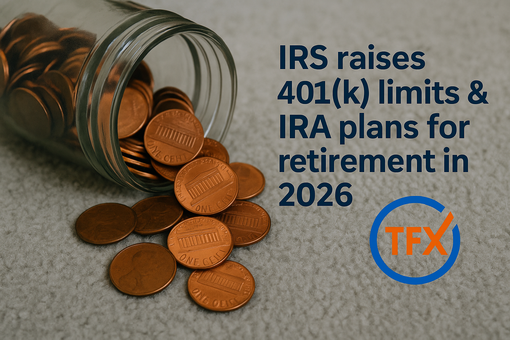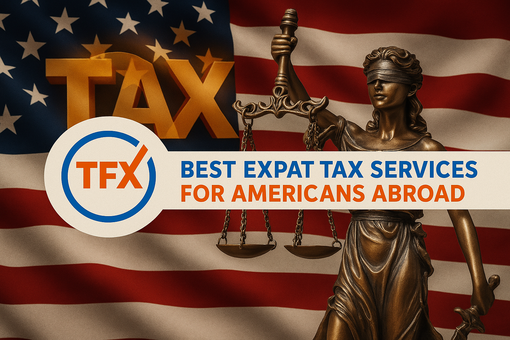Tax Reform: Impact on Pass-Through Businesses (S-Corp, LLC, Partnerships, and Sole Proprietorship)

One of the biggest changes in the tax reform affects owners of so-called pass-through businesses. Those are sole proprietorships, partnerships, limited liability companies (LLC) and S-corporations.
What are pass-through entities?
Pass-through entities do not pay tax at the corporate level. Instead, the owners pay tax on their respective share of business income through their individual tax returns, under the tax rate applicable to their income bracket. About 95% of US businesses fall into this category.
20% Deduction starting in 2018
Starting from the 2018 tax year, owners of pass-through entities will be allowed to exclude 20% off their earnings from their individual taxable income. The maximum 20% deduction is not universal and has a number of exceptions and limitations.
Firstly, the deduction is capped at half of the company's total wages reported on W-2 tax forms. Guaranteed payment to partners and compensation to S corporation owners/shareholders do not qualify for counting the wages cap.
Businesses that cannot deduct anything because they do not issue W-2s may still deduct some of the income based on the owner’s investment in the business. The alternative method of capping the deduction takes into account capital investment.
Capital Investment Deduction
Specifically, the maximum deduction allowed under this formula is 25% of total W2 wages plus 2.5% of the purchase price of the “qualifying property”.
The qualifying property is only tangible property - which could be an entire factory building or office furniture. The qualifying property must be still in use. The property may be added to this calculation for up to 10 years until its depreciation ends.
Working example: A sole proprietorship has no employees and owns a single piece of machinery that was purchased for $100,000. Under the formula, the most the owner could deduct would be $2,500*, regardless of how much income the business earned and passed on to the owner.
(25% * 0 W2 Wages) + (.2.5% * 100,000 property) = $2,500
If the owner has a single employee who makes $40,0000, the maximum deduction rises to $12,500**.
(25%* 40,000) + (.2.5% * 100,000 property) = $10,000 + $2,500 = $12,500
Not available for all business-types
Furthermore, the pass-through income deduction is not available to "specified service trade or business". The “specified service” covers the broad scope of professions that includes all variety of businesses "in the fields of health, law, consulting, athletics, financial services, brokerage services, or any trade or business where the principal asset of such trade or business is the reputation or skill of one or more of its employees or owners."
Exceptions to the exception
Providers of architectural and engineering services should thank their lobbyists, as they were fortunate enough to be excluded from the category of service providers. Although those trades are also built around reputation and skill rather than on the direct production of goods, for them the 20% income deduction is allowed.
Lest we forget, there is one more major exception to the exceptions. Individuals with taxable income above $157,500 or couples filing jointly with income over $315,000 - are restricted from taking the 20% deduction of pass-through income, even if they meet other qualifications (i.e. not professional service providers).


